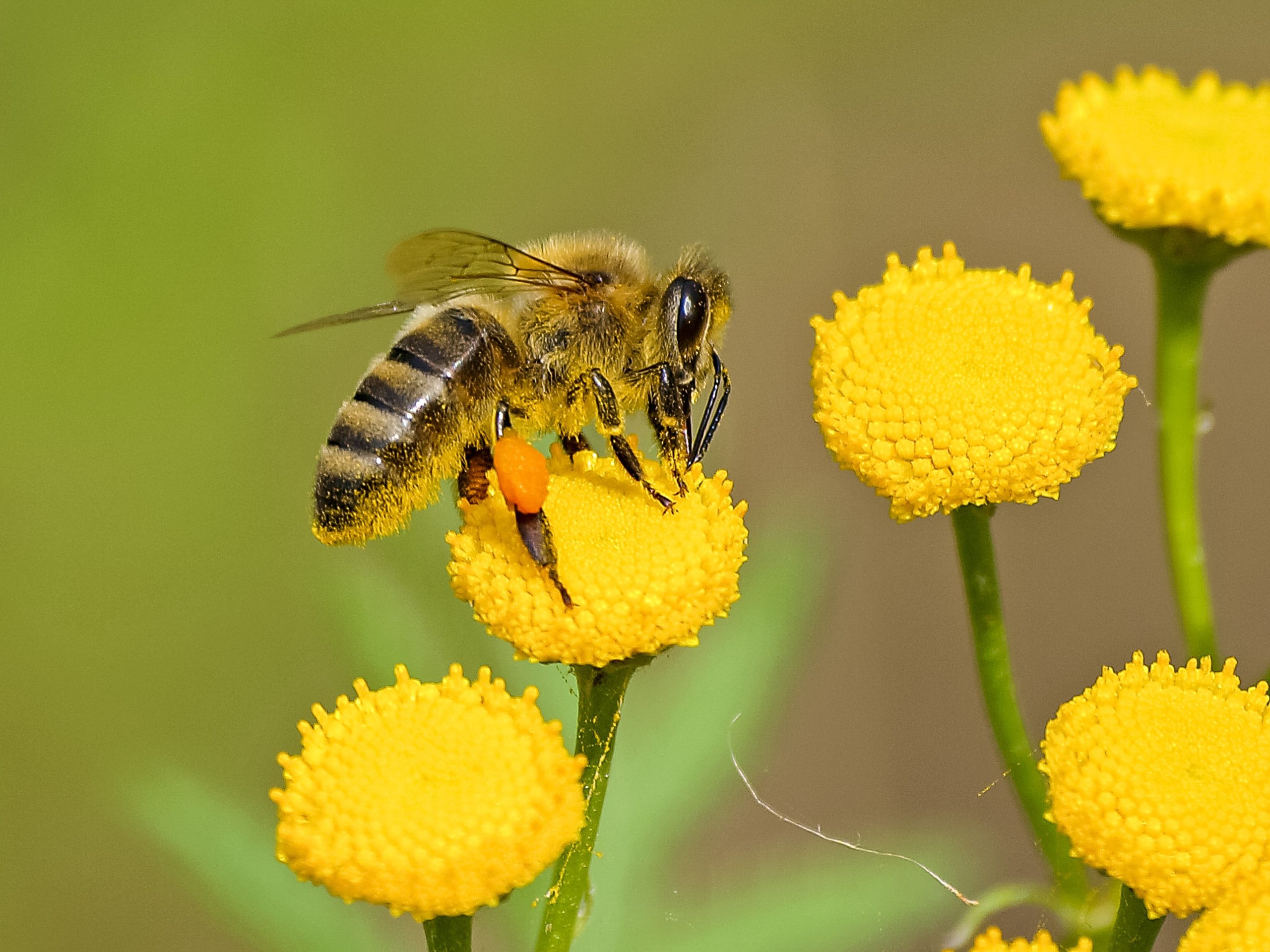
Examples of Keystone Species. A keystone species is a species that has a disproportionate impact on its ecosystem relative to its abundance. The term “keystone species” was coined by the ecologist Robert T. Paine in the 1960s. Keystone species play a crucial role in maintaining the structure and functioning of an ecosystem.
The concept of keystone species is derived from the idea of a keystone in an arch, which is the central stone that holds all the other stones in place. Similarly, a keystone species has a profound influence on the biodiversity and overall health of its ecosystem.
The removal or significant decline of a keystone species can lead to dramatic changes in the ecosystem, including the loss of other species, changes in habitat structure, and alterations in the flow of energy and nutrients. In contrast, the presence or reintroduction of a keystone species can have positive cascading effects, benefiting numerous other species and restoring ecological balance.
Overall, keystone species are crucial for maintaining the stability, diversity, and resilience of ecosystems, and their conservation is vital for the well-being of the entire ecosystem.
A keystone species is a species that plays a critical role in maintaining the structure, stability, and diversity of an ecosystem. These species have a disproportionate impact on their environment, and their absence or decline can lead to significant changes in the ecosystem.
The concept of keystone species was first introduced by the ecologist Robert T. Paine in 1969 when he studied the intertidal ecosystem in Washington state. Paine discovered that the removal of a single species, the starfish Pisaster ochraceus, resulted in a dramatic shift in the ecosystem. Without the starfish to prey on certain mussel species, the mussels overpopulated and outcompeted other organisms, leading to a decline in overall biodiversity.
READ ALSO: 10 Animals In Tropical Rainforest
Since then, numerous keystone species have been identified in various ecosystems worldwide. These species can have different roles and ecological impacts depending on the specific ecosystem they inhabit.
Some common examples of keystone species include:
1. Beavers
Beavers are indeed considered a keystone species in many ecosystems. A keystone species is one that has a disproportionately large impact on its environment relative to its abundance. The presence or absence of a keystone species can significantly affect the structure and function of an ecosystem.
Beavers are known for their ability to build dams and create ponds by felling trees and constructing elaborate structures using branches, mud, and rocks. These dams and ponds created by beavers have numerous ecological benefits and can have far-reaching effects on the surrounding landscape. Here are some ways in which beavers act as keystone species:
- Habitat Creation: By building dams and creating ponds, beavers create diverse wetland habitats. These habitats support a wide range of plant and animal species that rely on wetland environments. The ponds provide breeding grounds for amphibians, fish, and waterfowl, and the surrounding wetlands support a variety of plant species.
- Water Regulation: Beaver dams help regulate water flow in streams and rivers. They slow down the movement of water, which helps to reduce erosion and sedimentation. The dams also increase water storage, which can help mitigate the effects of droughts and floods, as well as improve water quality by trapping sediment and filtering pollutants.
- Nutrient Cycling: Beaver ponds act as nutrient sinks, trapping sediments and organic matter. This allows for the cycling of nutrients, such as nitrogen and phosphorus, which are essential for the growth of aquatic plants and algae. These nutrients can then be utilized by other organisms in the ecosystem.
- Biodiversity Enhancement: The wetland habitats created by beavers support a greater diversity of species compared to surrounding upland areas. The ponds and wetlands provide food, water, and shelter for a variety of plants and animals, including birds, mammals, amphibians, reptiles, and insects. Many species, such as certain fish and waterfowl, rely on beaver ponds for their survival.
- Forest Management: Beavers’ tree-cutting activities can also have positive effects on forests. By selectively felling trees and creating gaps in the canopy, beavers promote the growth of new vegetation, which can increase overall forest productivity and diversity. These changes can benefit both aquatic and terrestrial species.
However, it’s important to note that the impacts of beavers can be complex and vary depending on the specific ecosystem and context. In some cases, their activities can also have negative effects, such as flooding of agricultural land or damage to human infrastructure. Therefore, managing beaver populations and their interactions with human activities requires careful consideration and planning to strike a balance between the benefits and potential conflicts.
2. Sea otters

Sea otters are indeed considered keystone species within their ecosystems. A keystone species is one that has a disproportionately large impact on its environment relative to its abundance. The presence or absence of a keystone species can greatly influence the structure and function of an ecosystem.
Sea otters (Enhydra lutris) are marine mammals that inhabit coastal areas of the northern Pacific Ocean, particularly along the western coasts of North America and Asia. Here’s how they function as a keystone species:
- Control of Sea Urchin Populations: Sea otters primarily feed on sea urchins, which are herbivores that graze on kelp forests. When sea otters are present, they act as a top predator, controlling the sea urchin population. This prevents the overgrazing of kelp forests by sea urchins, allowing the kelp to thrive.
- Protection and Restoration of Kelp Forests: Kelp forests are crucial marine habitats that support a high level of biodiversity. They provide shelter, food, and nursery areas for numerous marine organisms. When sea otters control the sea urchin population, kelp forests can flourish, as they are not excessively grazed. This leads to the establishment and maintenance of diverse and healthy kelp forest ecosystems.
- Enhancing Biodiversity: The presence of kelp forests, facilitated by sea otters, creates a complex habitat for a variety of species. Kelp forests support a wide range of organisms, including fish, invertebrates, marine mammals, and birds. These species rely on kelp forests for food, shelter, and reproduction. By protecting and promoting the growth of kelp forests, sea otters contribute to the overall biodiversity and productivity of the coastal ecosystem.
- Carbon Sequestration: Kelp forests play an important role in carbon sequestration. They absorb and store significant amounts of carbon dioxide from the atmosphere, helping to mitigate climate change. Sea otters indirectly support carbon sequestration by maintaining the health and abundance of kelp forests.
Overall, the presence of sea otters in coastal ecosystems has a cascading effect on various species and ecosystem processes. They play a crucial role in maintaining the balance and health of kelp forest ecosystems, which in turn benefit numerous other organisms. Protecting and conserving sea otters is vital for the preservation of these important coastal habitats.
3. Wolves

Wolves are often considered keystone species in ecosystems where they exist. A keystone species is a plant or animal that plays a critical role in maintaining the structure and function of an ecosystem. The concept of a keystone species was first introduced by American ecologist Robert Paine in the 1960s.
Here are some reasons why wolves are considered keystone species:
- Regulation of prey populations: Wolves are apex predators, meaning they are at the top of the food chain in their ecosystems. By preying on herbivores like deer and elk, wolves help regulate their populations. This prevents overgrazing of vegetation, which can have cascading effects on the entire ecosystem. By controlling herbivore populations, wolves indirectly impact plant communities, promoting biodiversity and maintaining a healthy balance.
- Influencing predator-prey dynamics: Wolves not only reduce the abundance of prey species but also influence their behavior. The fear of predation can cause herbivores to alter their foraging patterns, avoid certain areas, or spend less time feeding. These changes in behavior can have positive effects on vegetation, preventing the overconsumption of plant species and allowing for the regeneration of habitat.
- Scavenging and nutrient cycling: Wolves are also known to scavenge on carcasses left behind by other predators or natural deaths. This scavenging behavior helps to break down organic matter, returning nutrients to the ecosystem. By recycling nutrients through their feeding habits, wolves contribute to the overall health and productivity of their habitats.
- Influence on other predator populations: The presence of wolves in an ecosystem can have cascading effects on other predator populations. For example, in areas where wolves are present, smaller predators like coyotes may face increased competition or predation pressure. This can lead to changes in the abundance or behavior of these species, which can further impact the structure of the ecosystem.
- Restoration of ecological processes: In some regions where wolves have been reintroduced after their extirpation, their presence has led to the restoration of ecological processes that were disrupted in their absence. For instance, the reintroduction of wolves in Yellowstone National Park in the United States has been credited with restoring the balance between herbivores, vegetation, and stream systems.
It’s important to note that the role of wolves as keystone species can vary depending on the specific ecosystem and its unique characteristics. However, their presence and ecological interactions often have far-reaching effects that extend beyond their direct interactions with prey species.
4. African elephants

African elephants are often considered keystone species due to their significant impact on the ecosystems in which they live. Keystone species play a crucial role in maintaining the balance and functioning of their respective ecosystems, and their presence or absence can have far-reaching effects.
Here are some reasons why African elephants are considered keystone species:
- Habitat Modification: Elephants are known as ecosystem engineers because of their ability to modify their habitat. They play a vital role in shaping the landscape by uprooting trees, breaking branches, and trampling vegetation. These activities create open spaces and clearings, which can benefit other plant and animal species that rely on such habitats.
- Seed Dispersal: Elephants are essential for seed dispersal in their ecosystems. They consume a wide variety of plants and fruits, and their dung contains viable seeds. As elephants move through the landscape and defecate, they disperse seeds over long distances. This dispersal helps plant species to colonize new areas and contributes to the overall biodiversity and regeneration of forests.
- Nutrient Cycling: Elephants also contribute to nutrient cycling within ecosystems. When they feed on plants, they break down plant matter, which returns nutrients to the soil through their dung. This process enhances soil fertility and supports the growth of vegetation, benefiting other organisms within the ecosystem.
- Water Sources: Elephants have a profound impact on water sources. They dig waterholes in dry riverbeds using their tusks, creating access to water for other animals during times of drought. These waterholes serve as important watering points for a variety of species, helping to sustain their populations during challenging periods.
- Species Interactions: The presence of elephants influences the behavior and distribution of other species. For example, the clearing of vegetation by elephants can create feeding opportunities for grazers such as antelopes, which prefer open grasslands. This, in turn, attracts predators like lions or hyenas, establishing a complex web of interactions among species.
Overall, the loss of African elephants can have cascading effects on ecosystems, leading to a decline in biodiversity and ecosystem health. Protecting and conserving these keystone species is crucial for maintaining the balance and functioning of African ecosystems.
5. Pollinators
Pollinators are indeed considered keystone species in many ecosystems. A keystone species is a species that plays a critical role in maintaining the structure and functioning of an ecosystem. They have a disproportionately large impact on their environment relative to their abundance.
Pollinators, such as bees, butterflies, birds, bats, and other insects, facilitate the reproduction of flowering plants by transferring pollen from the male parts (anthers) to the female parts (stigma) of flowers. This process enables plants to produce fruits and seeds, promoting genetic diversity and the overall health of plant populations. As a result, pollinators are crucial for the survival and reproduction of many plant species, including those that provide food and shelter for other organisms.
Here are some reasons why pollinators are considered keystone species:
- Plant Reproduction: Pollinators are essential for the fertilization of flowers, allowing plants to reproduce and produce seeds. This process ensures the survival of plant populations and maintains the genetic diversity necessary for their long-term viability.
- Ecosystem Stability: Pollinators contribute to the stability of ecosystems by promoting plant diversity. When pollinators visit different plant species, they facilitate cross-pollination, which leads to genetic variability and adaptability within plant populations. This, in turn, helps ecosystems withstand environmental changes and disturbances.
- Food Web Support: Pollinators form the foundation of many food webs. They transfer energy and nutrients from plants to various organisms that depend on pollen and nectar as a food source. Insect pollinators, for instance, serve as prey for numerous insectivorous birds, bats, and other animals, contributing to the overall functioning and balance of ecosystems.
- Biodiversity Promotion: The presence of diverse pollinator species is crucial for maintaining biodiversity. Different pollinators have specific preferences for certain flowers, which promotes specialization and coevolution between plants and pollinators. This intricate web of interactions enhances biodiversity, as unique plant-pollinator relationships evolve over time.
- Ecosystem Services: Pollinators provide valuable ecosystem services, including crop pollination, which is essential for agricultural productivity and food security. Without pollinators, many crops would not produce fruits or seeds, leading to significant economic and ecological consequences.
However, it’s important to note that pollinators are facing numerous threats globally. Habitat loss, pesticide use, climate change, diseases, and invasive species are among the factors contributing to their decline. Protecting and conserving pollinators and their habitats is crucial to maintain their keystone role in ecosystems and ensure the stability and resilience of natural systems.
The loss or decline of keystone species can disrupt the delicate balance of an ecosystem, leading to changes in species composition, trophic interactions, and overall ecosystem function. Conservation efforts often focus on protecting and restoring keystone species to preserve the health and stability of ecosystems.








